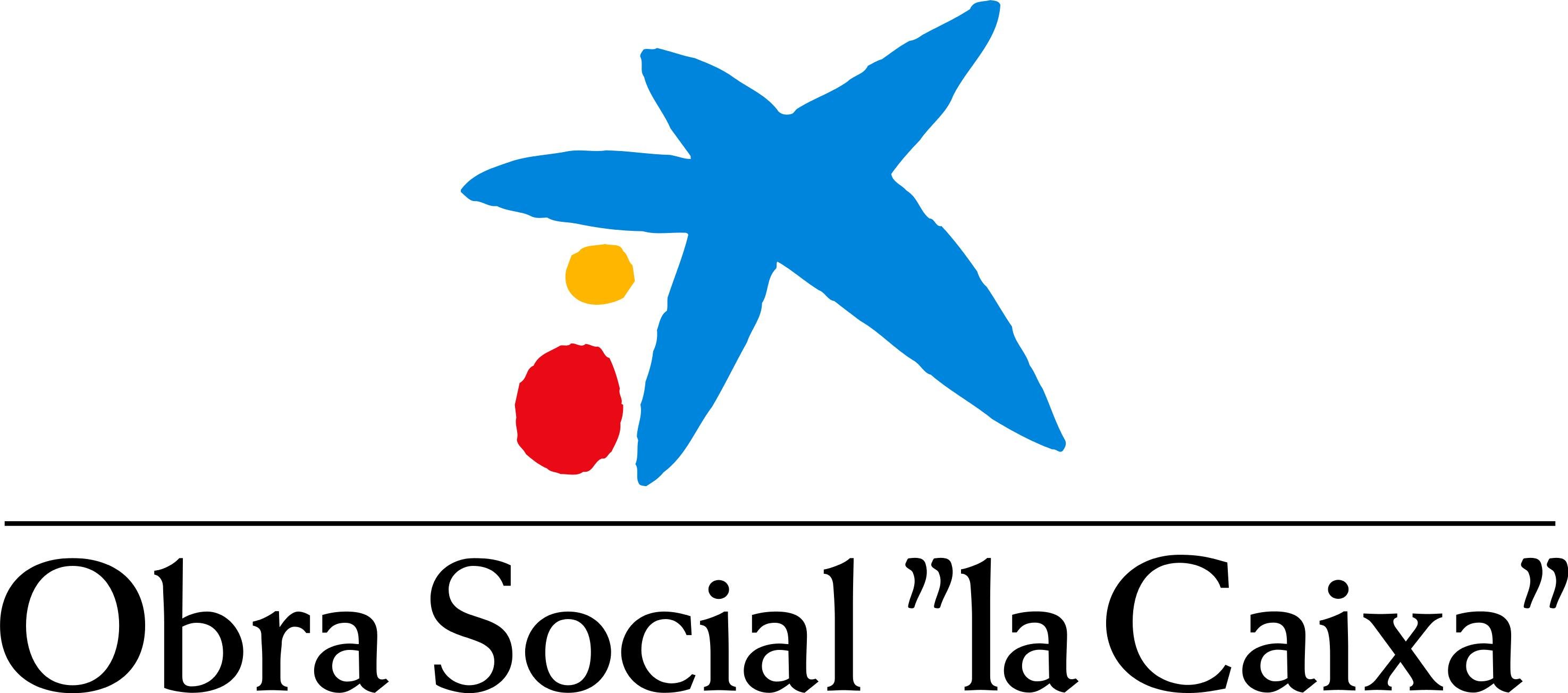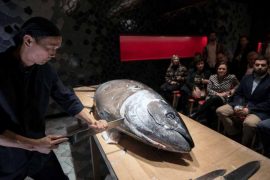It has been told that once an Inuit shaman that was playing a drum, according to his ritual, went into a trance and his soul began to wander through the aurora borealis, that crazy discharge of colored lights that fascinates those who see it. There he found some beams of light that turned out to be spirits playing with a ball, and then turned out to be the skull of a seal… And the story continues. There are many legends of the Inuit about the northern lights. Westerners, on the other hand, concluded long ago by means of science that this phenomenon of the night sky was no other than the intense and frequent flashes that solar particles produce when hitting the Earth’s atmosphere. Final point. Maybe our science is superior. But perhaps we can learn something from a culture that coexists in balance with the sky, the harsh polar climate, and nature.
The word Inuit means ‘people’. They refuse to be called Eskimos (‘meat eaters’), a term they consider derogatory. The relationship of the Inuit with the sky is very special. From Greenland and the Canadian and American peoples who live there, stars are seen with special brightness and the northern lights take the sky with a mysterious and charming air.
At the Observatori Fabra’s terrace, on the Tibidabo mountain in Barcelona, however, the lights of the city shine with such vehemence that sometimes, at first glance, even the Big Dipper is difficult to see. But at the event Cenas con Estrellas [“suppers with stars”], organized by Sternalia and promoted by Obra Social “la Caixa”, in addition to tasting new flavors in one of the best views over the city, we can learn about the sky and beyond, taken by the hand of wise men like the cultural anthropologist Francesc Bailón, who explains some peculiarities of the Inuit world.
While he tells the audience about it, the full moon shines magnificent over the city -with even more force than the thousands of watts required by homes and lampposts- and presages the eclipse that in a few days will stain it with blood. The audience murmurs surprised when Bailón explains that, for the Inuit, an eclipse means the violation of the goddess Malina, representative of the Sun, by Anningan, god of the Moon… Science, again, counterarguments that eclipses are phenomena of light that occur when the Sun and the Moon are aligned in a certain way. However, as it happens to the privileged who have seen an aurora borealis, when we observe an eclipse we cannot avoid feeling embraced by an inexplicable mysticism.
Some myths related to Inuit culture are denied by Bailón, for example, that they have so many names to define the white color as it is believed. He also denies the tradition of lending their wives and affirms that most of them do not live in igloos. The contemporary Inuit are Hunters, living in between the ancestral tradition and the cultures of their conquerors. They have mobile phones, study university courses and many amongst them are Christians (so the mythology we talked about survives for some, only as an anecdote).
But if we think that there is no relationship between the scientific look at the stars and the Inuit world, we are deeply wrong. Five of the 55 satellites that surround Saturn, for example, have names of their mythology: Ijiraq, Sedna, Paaliaq, Kiviuq and Tarneq.
A pleasant walk, as the sweet final moment of the supper, reveals the history of the Observatory Fabra. First, the organizers they let us see for a few seconds -for some, the only ones of our lives – Saturn through a telescope that is more than a century old. Then they explain that with another of the telescopes of the house, the astronomer and first director of the center, Josep Comas i Solà, discovered the atmosphere of Titan in 1908, Saturn’s largest satellite. His observations were so advanced for the technology of his time that they could not be confirmed until 1944! Who knows if the Barcelona astronomer did not have something of a magician or a shaman, like the Inuit, to whom he was somehow connected by the planet of the rings.
Once this express-lecture on the Inuit culture has been assimilated, we may think that they do not have such an advanced knowledge of the stars as the one that our civilization has developed through science. That perhaps was not right, a few years ago, a council made of the wise Inuit, when they warned NASA that the axis of the Earth was moving and that’s why the poles were melting. It is likely that the Inuit people do not know that, living far away from these poles, Westerners have done much more to melt them than they…
It is not by chance that the Inuit do not have a word to designate selfishness. They always think about the collectivity first. Maintaining peace among their own is one of their core values. And, although traditionally tasks were divided according to gender (men hunted, and women made food and skins), Bailón believes that today there is no society with so much female participation in politics, as that of Greenland. In addition, their simple lifestyle, based on hunting and fishing, is designed to coexist harmoniously with nature. So, regardless of whether we understand the world through myths or science, maybe we should think that what can help us now to relate better to the universe is trying, one day, to have such solid, pure and unwavering values, like those of the Inuit people.
Text: Germán Aranda
Photograph: Laia Sabaté
You can read more stories like this on ALMA, the social social media, a digital space devoted to the social field, which brings a new look at the present and the future of society, from an optimistic and diverse point of view, and from all the initiatives that “la Caixa” Foundation promote.





















